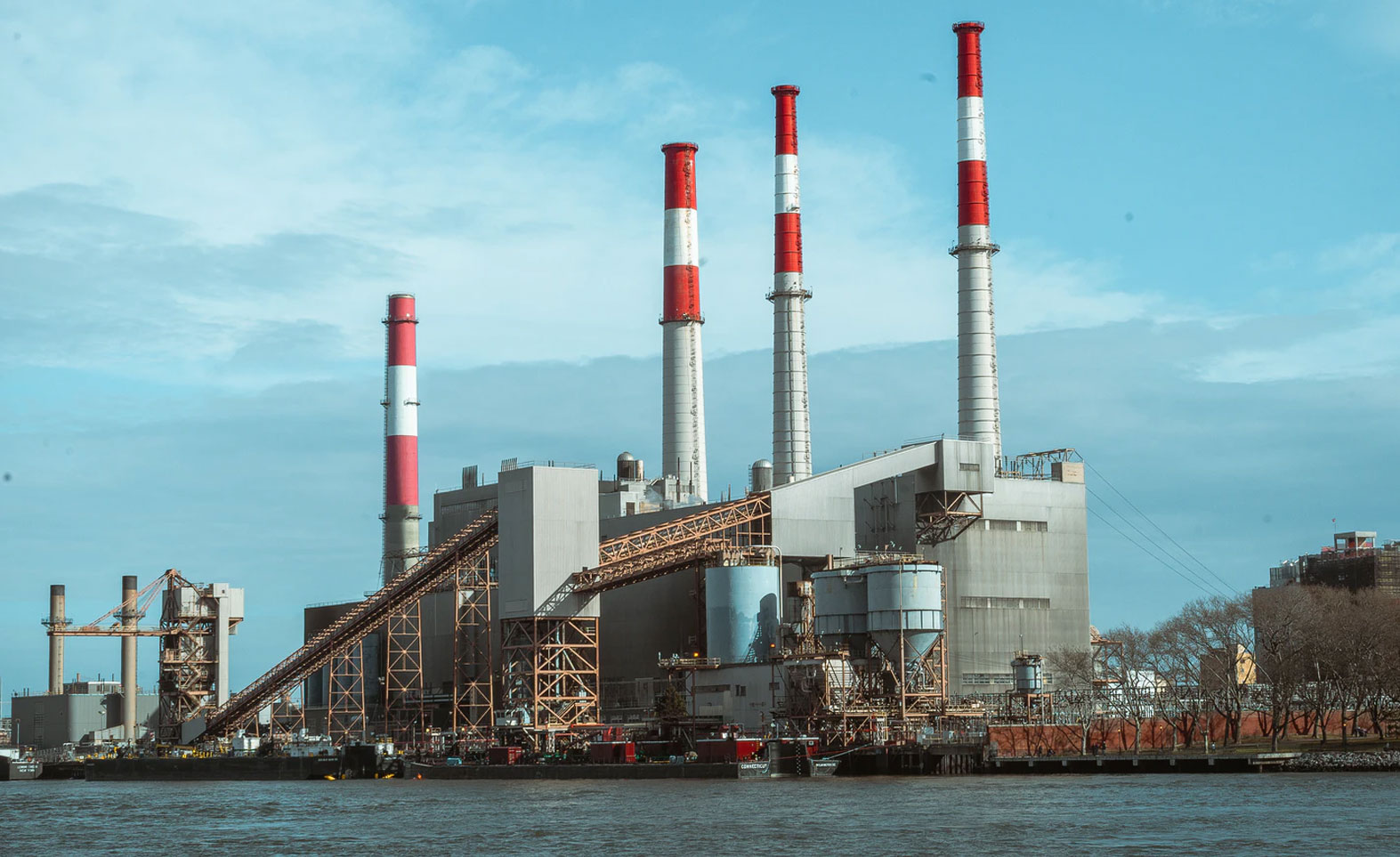
October 6, 2022
In 2020, PNGRB authorised India’s first gas exchange to achieve the government’s expectations of securing equitable distribution and increasing the availability of gas by creating a free market to usher in a gas-based economy
The current government guidelines for the allocation of gas produced in the nomination blocks of ONGC and Oil India Limited allow freedom for its marketing but affix an artificial ceiling price for the same
The Petroleum Ministry’s draft rules providing the establishment of an independent TSO for gas is a positive step towards development of gas markets
The government should study the cost of non-APM gas procured by the fertilizer companies and advise them to procure a portion of their gas requirement through gas exchanges

India aims to increase the share of Natural Gas in its energy basket from the current 6.7% to 15% by 2030, which is an increase from 163 MMSCMD to over 500 MMSCMD.
Such a major shift in the nation’s energy mix is possible only through the development of competitive and transparent gas markets. These markets would boost the confidence of investors in upstream and downstream value chains and assure consumers about natural gas being a robust energy alternative.
In 2020, PNGRB authorised India’s first gas exchange to achieve the government’s expectations of securing equitable distribution and increasing the availability of gas by creating a free market to usher in a gas-based economy. Although trading volumes have increased on the gas exchanges, significant barriers still exist that require sustained policy and regulatory support to create a vibrant gas trading market.
Pricing of Natural Gas Produced in India
Most of the gas produced in the country is priced today on the basis of the weighted average of gas price consumed in USA & Mexico (Henry Hub), Canada (Alberta Hub), Europe (National Balancing Point) and Russia. However, the pricing environment prevailing in these locations is entirely different to that in India. Although high and volatile international LNG prices are an external challenge that the country can do little about, to boost domestic gas production and stimulate investment, the government should address the high regulation and lowered prices of most of the domestic gas.
Allocation and Marketing of Natural Gas Produced in India
The current government guidelines for the allocation of gas produced in the nomination blocks of ONGC and Oil India Limited allow freedom for its marketing but affix an artificial ceiling price for the same. This distorts the market and creates a risk of manipulation in the government’s royalty revenue.
Additionally, with the stabilising of the gas exchange, the annual limit of 10% or 500 MMSCM put on the gas producers to sell through the exchange may also be removed.
These steps would help in developing the gas markets and make the process of royalty determination more robust.
Natural Gas and GST
Bringing natural gas under the ambit of the GST is another key step, something which the Hon’ble Prime Minister reiterated in his speech in February 2021. Few states have local taxes on gas which vary from 24% to 3%. Hence, customers must choose the location of their gas hub not only based on demand-supply-price considerations, but also as per the applicable local taxes. These issues make the markets inefficient and to remedy this, the government must bring natural gas under GST.
Market Reforms in the Gas Sector
The Petroleum Ministry’s draft rules providing the establishment of an independent Transport System Operator (TSO) for gas, in line with the Honourable Finance Minister’s announcement in the 2021 Union Budget, is a positive step towards development of gas markets. The government and PNGRB should now finalise establishment of TSO as an independent apex body to ensure integrated operation of the gas grid, manage entire capacity booking and have supervision and control over it.
Further, the regulators should finalise the implementation of market-friendly policies like uniform access code, real time gas bulletin boards and simplified gas pipeline tariffs on natural gas.
The fertilizer sector constitutes a significant proportion of India’s gas consumption. The government should study the cost of non-Administered Pricing Mechanism (APM) gas procured by the fertilizer companies and advise them to procure a portion of their gas requirement through gas exchanges.
Gas exchanges offer flexible terms under daily, weekly, fortnightly and monthly contracts which have the potential to effectively manage the short-term gaps between the requirement and availability of gas for the urea entities and also to take advantage of lower prices in the gas exchange. Further, gas exchanges can also run more frequent monthly auctions as per terms and conditions set out by these urea plants.
Gas-based power plants, by virtue of their daily production schedules, are always uncertain of their despatches, though they may have long-term Power Purchase Agreements. Gas and power exchanges should work in tandem along with their respective regulators, to create integrated products for power plants, enabling them to buy gas from gas exchanges and sell electricity in the power exchange as a single transaction. This will enable these power plants to generate electricity as and when market opportunities arise.
The above cited steps will help create competitive, effective, and vibrant gas markets in India which will be capable of creating liquidity, discover competitive prices and instil confidence in natural gas among suppliers and consumers alike. This will also help set up a gas futures market that will provide benchmark prices for financial trade and hedging solutions to the buyers and sellers. These measures will help fulfil the policy makers’ vision of creating a gas-based economy.
Mr. DK Sarraf
Former Chairman, PNGRB and Former CMD, ONGC